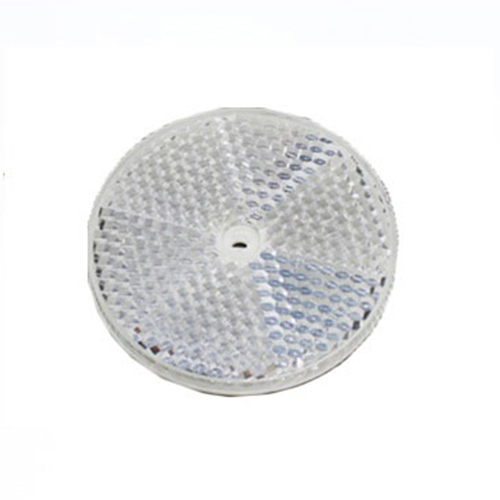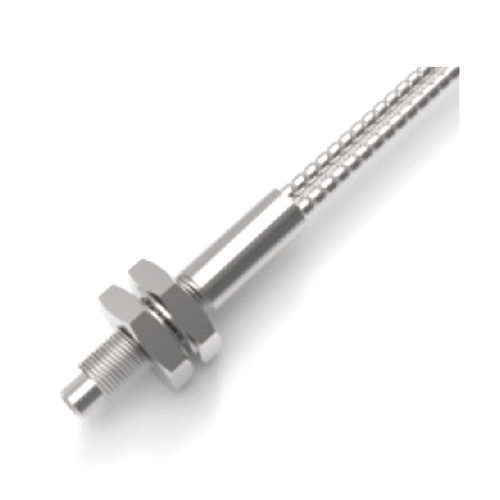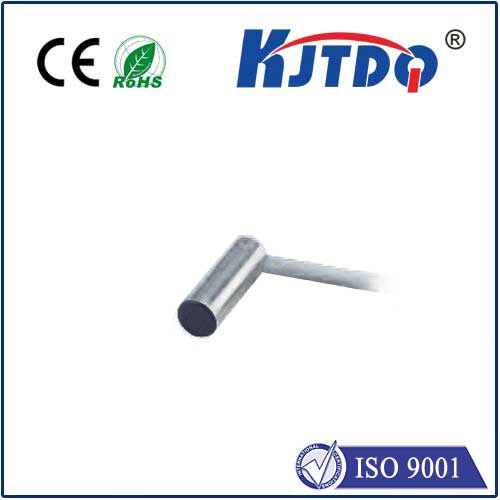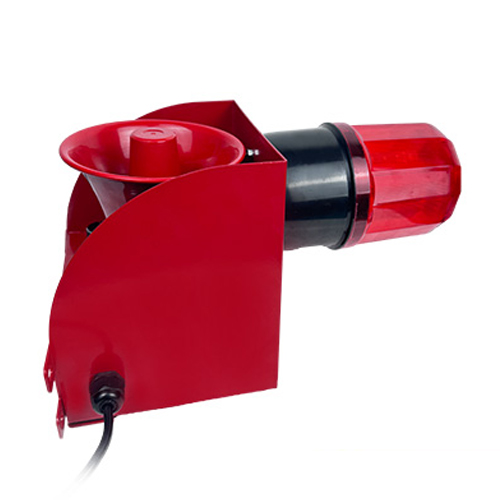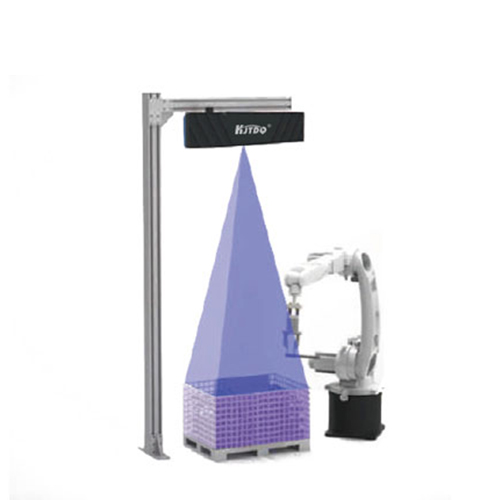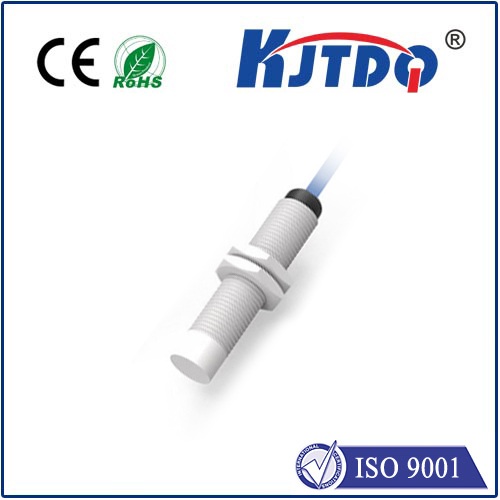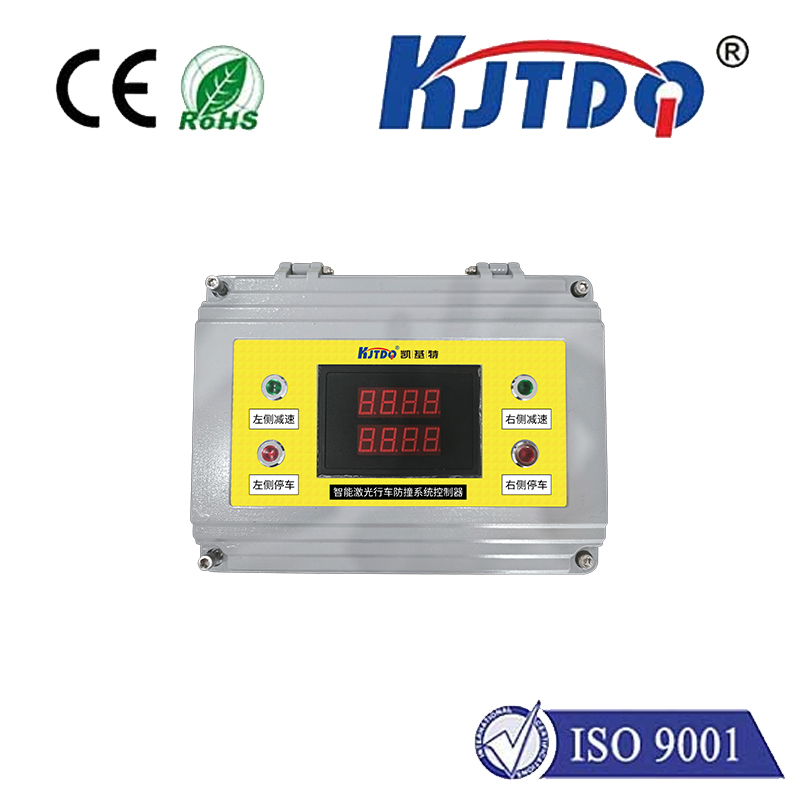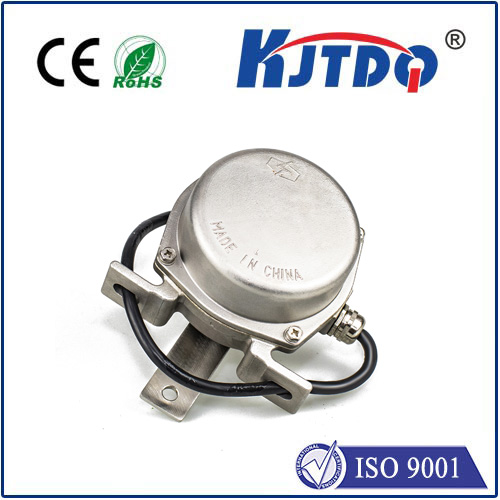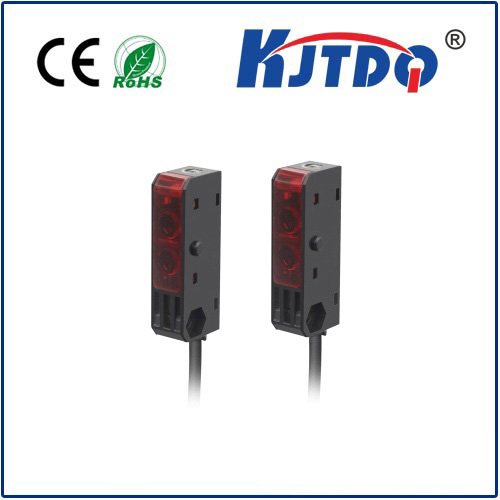temperature sensor with display
- time:2025-08-25 00:21:54
- Click:0
Unlocking Environmental Control: Your Essential Guide to Temperature Sensors with Displays
Picture this: a crucial experiment in the lab, sensitive electronics humming away, or simply ensuring your baby’s room is perfectly comfortable. Suddenly, you’re hit with a nagging doubt: “What’s the actual temperature in there?” Guessing is risky, and constantly fetching a separate thermometer is inefficient. This is where the indispensable temperature sensor with display shines, offering instant, localized insight into thermal conditions. These versatile devices seamlessly combine sensing and visualization, transforming invisible data into actionable understanding.
What Exactly is a Temperature Sensor with Display?
At its core, this device integrates two fundamental components:
- The Temperature Sensing Element: This is the “eyes” of the device, physically interacting with the environment to detect heat energy. Common technologies include:
- Thermocouples: Rugged probes using the voltage generated by two dissimilar metals at a junction. Excellent for wide temperature ranges and industrial settings.
- Resistance Temperature Detectors (RTDs): Highly accurate sensors relying on the predictable change in electrical resistance of pure metals (like platinum) with temperature. Favoured for precision applications.
- Thermistors: Semiconductor-based sensors exhibiting a large change in resistance with temperature. Often used for narrower ranges but offer high sensitivity, common in consumer devices.
- Semiconductor Sensors (IC Sensors): Integrated circuits providing digital or analog output, often combining sensing, signal conditioning, and sometimes basic processing in one chip. Offer ease of use and compactness.
- The Display Unit: This is the “voice,” translating the sensor’s electrical signal into a human-readable format – typically degrees Celsius (°C) or Fahrenheit (°F). Displays vary widely:
- Basic LED/LCD: Simple numerical displays showing the current temperature.
- Graphical Displays: Capable of showing trends over time, max/min values, setpoints, or even basic graphs.
- Touchscreen Displays: Offer interactive control and advanced data visualization on more sophisticated units.
The magic happens in the connection between these two, whether it’s a compact, single-unit digital thermometer sensor you stick to a fridge, or a probe-on-a-wire connected to a benchtop temperature display unit in a lab.

Why Choose a Sensor with Integrated Display?
The benefits of having the display right there with the sensor are compelling:
- Real-Time Monitoring at a Glance: Eliminate the need for separate meters or complex data logging setups for basic checks. Instantly see the temperature where it matters most. This is invaluable for tasks like verifying fridge/freezer operation, checking incubator stability, or monitoring room comfort.
- Enhanced Accuracy & Calibration Confidence: Directly viewing the reading helps quickly identify sensor drift or placement issues. Many units feature simple calibration offsets or recall functions to maintain accuracy against a known standard.
- Simplified Setup and Operation: Forget configuring remote displays or software just to get a basic reading. These devices offer plug-and-play functionality – position the probe, and read the temperature display unit instantly. Extremely user-friendly.
- Immediate Decision Making: Seeing a temperature spike on a machine’s bearing or a drop in a greenhouse triggers immediate action, preventing potential damage or loss. Real-time data empowers proactive responses.
- Portability and Versatility: Many models are battery-powered and handheld, making them perfect for spot checks in diverse locations – from server rooms and workshops to kitchens and HVAC ductwork. This portable temperature gauge capability is a major advantage.
Key Applications Where Visibility is King
The combination of sensing and display makes these tools essential across numerous domains:
- HVAC & Building Management: Technicians use digital thermometers with probes to measure air supply/return temps, verify thermostat accuracy, and check duct temperatures. Facility managers monitor critical room environments.
- Food Safety & Handling: Ensuring proper storage temperatures for perishables in refrigerators, freezers, display cases, and during transport is non-negotiable. Instant-read food thermometers with displays are crucial for HACCP compliance.
- Laboratories & Research: Monitoring incubators, environmental chambers, water baths, refrigerators holding sensitive reagents, and sample temperatures requires reliable, visible feedback for experimental integrity.
- Industrial Process Monitoring: Quick checks on motors, bearings, fluids, or surfaces on machinery can indicate potential problems before failure. A temperature probe with a screen is a frontline diagnostic tool.
- Electronics & IT: Monitoring ambient temperatures in server racks, network closets, or around sensitive electronic components to prevent overheating.
- Home & Hobbyist Use: Monitoring home brewing, aquariums, terrariums, saunas, or even verifying your home thermostat’s readings.
Choosing the Right Temperature Sensor with Display: Key Considerations
Selecting the optimal device depends on your specific needs:
- Temperature Range: What are the minimum and maximum temperatures you need to measure? Ensure the sensor technology (thermocouple, RTD, thermistor) matches this range.
- Accuracy & Resolution: How precise do your readings need to be? Industrial RTDs offer high accuracy (±0.1°C or better), while thermistors or basic IC sensors might suffice for general purpose use (±0.5°C or ±1°C). Resolution indicates the smallest change it can display (e.g., 0.1°C vs 1°C).
- Probe Type & Placement: Consider the environment (liquid, air, surface) and physical access. Options include rigid probes, flexible probes, penetration probes, surface sensors, or even air probes. Probe accuracy is paramount.
- Display Type & Features: Basic numerical readout? Need max/min memory? Trend indicators? Backlighting for low light? Alarm functions? Touchscreen control for advanced settings? Match the complexity to your workflow.
- Durability & Environment: Is the device for a clean lab, a greasy workshop, an outdoor site, or sterile food environments? Consider IP ratings for dust/water resistance if needed.
- Power Source: Battery-powered for portability? AC adapter for permanent placement? Battery life matters for portable units.
- Response Time: How quickly does the sensor need to reflect temperature changes? Thermocouples are generally fast, thermistors can be very fast, while some RTDs might be slower.
Beyond the Basics: Ensuring Optimal Use
To maximize effectiveness:
- Proper Sensor Placement: Ensure the sensing element is in optimal contact with the medium you’re measuring (e.g., fully submerged in liquid, in the air stream, securely attached to a surface).
- Regular Calibration: While convenient, even temperature display units can drift. Calibrate periodically against a trusted standard to maintain confidence in readings. Many support field offset calibration.
- Understand Display Lag: The number on the screen often represents an average over a short period. Significant temperature changes might take a few seconds to register fully, depending on the sensor’s thermal mass and electronics.
The humble temperature sensor with display is a testament to practical engineering. By bringing together precise sensing and immediate visualization into a single, accessible package, it empowers countless professionals and homeowners to monitor, control, and respond to thermal environments with unparalleled ease and confidence. From safeguarding priceless experiments and ensuring food safety to optimizing comfort and preventing equipment failure, this ubiquitous tool makes the invisible world of temperature visible, one clear digital readout at a time.






